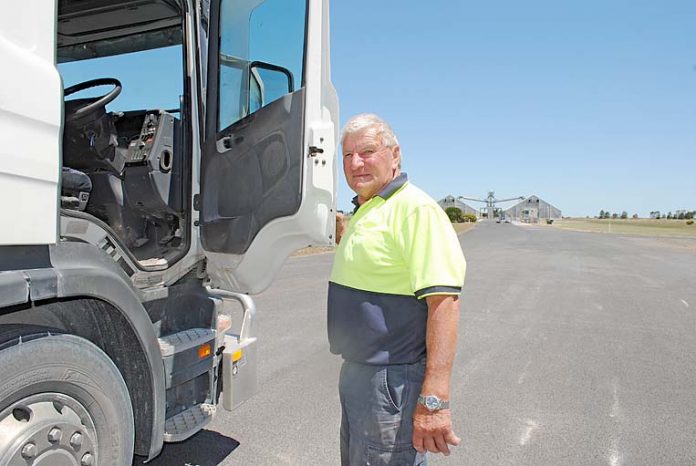

VITERRA will close its Millicent silos to all wheat, barley, bean and canola crops next harvest with clients facing a 290km round trip to the company’s nearest receival site at Frances.
Despite a strong cropping performance over the 2018/19 season and promising opening rains to date, the Canadian company has decided to sell its local operations on Saleyards Road.
Since a major expansion of the site began under previous ownership over 20 years ago, the Millicent silos have provided employment for a small number of permanent and casual staff.
In a letter to growers seen by The South Eastern Times, Viterra said the Millicent silos will be listed for sale as a going concern.
“The Millicent site will not play a future role in the Viterra network,” the letter said.
“This decision reflects the changing environment in the region and declining receivals into the site over an extended period,” Viterra’s letter stated.
“We expect to start the sale process in the coming weeks”.
The company has a long-standing policy over many years of not stating its yearly Millicent crop receivals and has been contacted for comment about its closure decision.
However, farming insiders have often expressed the fear the Millicent silos might be in jeopardy owing to the trend to store grain on-farm in order to secure a marketing advantage.
The proliferation of grain bunkers and silos is evident on properties across Millicent and district.
The Millicent closure decision will be disruptive and expensive for the Furner-based Baker Group which grows 1500 acres of wheat each season.
Baker Group farm manager Geoff Agnew said the company had advised him of the Millicent silo closure decision by phone and letter.
“I am extremely disappointed as it is another thing lost to Millicent,” Mr Agnew said.
“We use two or three headers to get the wheat crop off and we bring 2500 to 3000 tonnes into Millicent to be warehoused each harvest.
“Now there will be extra expense for carriers and we will probably send our wheat to GrainCorp at Naracoorte which is 85km away.
“The writing has been on the wall for Millicent for a few years now and there has been a lot of on-farm storage.
“The situation snowballed a few years ago when the Millicent oilseed crusher closed.
“The receival hours were sometimes restricted to something like 8am to 3pm but there were some days when we did not begin harvesting until lunchtime.”
Millicent oilseed growers were dealt a blow in 2016 when GrainCorp closed and dismantled its crusher in Aberle Street which had operated for almost 30 years.
This meant canola did not have to be stored in Millicent for local processing.
There are 15 other receival sites across South Australia which are facing the same fate as Millicent.
In releasing its plans for 2019/20, Viterra said it plans segregations based on grower planting and delivery trends and operational requirements.
“We aim to provide growers with an efficient service, maximising the elevation capacity and minimising overall turnaround times across the network,” the company statement said.
“The preliminary segregation plan is subject to change based on feedback from growers and seasonal conditions.
“Viterra will continue to work closely with growers as the season progresses to ensure segregations are matched to what is being grown in each region.
“Viterra invests in our supply chain where we can provide grower and buyer customers with the highest levels of service and the most sustainable and efficient supply chain.
“Since 2010, we have spent more than $350m on capital projects and maintenance and we continue to invest $40m in our supply chain each year, targeted to where it will have the greatest impact and benefit for growers.”







